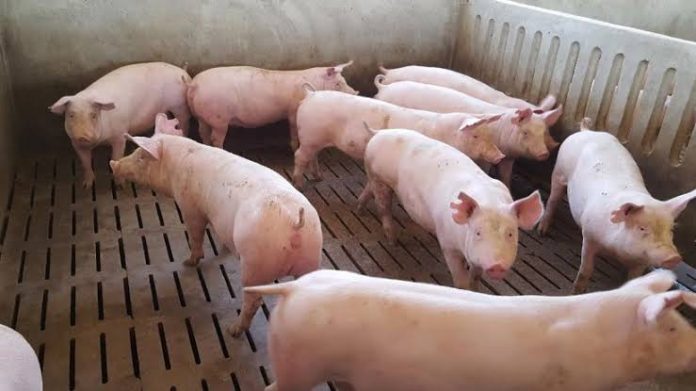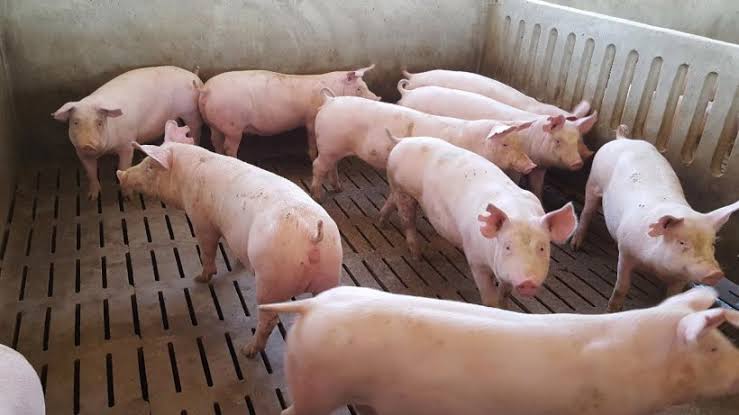Gilt Management in Pig Farming
Select from dams with good prolificacy and mothering ability.
Important traits are sound feet & legs, good growth rate & back fat, 14 or more well spaced with none inverted and sexually mature by 220 days of age.
 Learn More
Learn MoreWithin herd selection makes genetic evaluation easier and provides fewer health concerns but must watch out for inbreeding.
Purchase from other breeder or hybrid producing company simplifies within herd breeding program but should make certain of genetic quality and health status
Isolate all additions for 3-4 weeks.
Factors Influencing Puberty
READ ALSO: How to forecast profits and expenses in your piggery
Genetics
– Yorkshire and Landrace usually mature slightly earlier than Hampshire or Duroc.
– crossbreeding advances puberty.
READ ALSO: Six Most Common Pig Diseases And How To Prevent Them
Nutrition
– restricted feed intake can delay puberty slightly.
recommend to allow only 0.5 kg gain per day after market weight.
– obesity interferes with normal ovarian function.
Distress
– moving or mixing gilts – fight
– tends to cause puberty 4-7 days later
– contact with boars may advance puberty
– related to pheromones
– direct exposure most effective
– exposure should not be too early (after 155 days of age)
– older boars more effective.
Light
– some evidence for advantage of increase light
– may decrease age at puberty
– may increase litter size
When to mate
litter size related to number of heats more than age or weight
fewest ova at first estrus (heat) = smallest potential litter
increase by about 1 ovum each for 2nd, 3rd heat so potential litter size increases
normally breed in 2nd or 3rd heat so gilts farrow by 10-11 months of age.
Mating gilts on the third observed estrus resulted in larger litters but also required feeding the dams for an additional six weeks. Depending on costs for feed and housing, the extra piglets may or may not compensate for the additional expenses.
Pregnancy rates were 69.6% for animals bred at first estrus and 77.4% when mated at the third estrus in the study conducted by Young and King. Although this difference was not statistically significant in this trial, subsequent experience also indicated a somewhat lower fertility at the first cycle. An even lower pregnancy rate is usually obtained in the University of Guelph research herd when sexual maturity is induced with hormone injections (about 55% for six month old gilts inseminated on the induced estrus vs. 80% in sows).
Perhaps the best practical advice for producers is to wait for the second or later heat whenever this is convenient. However, if replacement animals are needed to fill groups and no older females are available, gilts can be mated on their first estrus. If gilts are mated at the first cycle, use herd boars rather than expensive semen purchased from an outside supplier.
READ ALSO: Why Should I Start A Rabit Farming Business
Estrous signs
Swelling, reddening of vulva – not positive
Ears erect (especially in Yorkshire breed)
Standing reflex – response to pressure on back (see Back Pressure Test described below). Boar presence may be necessary, especially for gilts
Allows mounting and copulation
Characteristic grunt (or song)
















